Released in March, HTC's U Ultra comes with a Snapdragon 821 chipset, 4GB RAM, and 64GB of storage. There were never any carrier variants made, so it's only available unlocked for $749.
But since then, the company has announced the U11, which puts the U Ultra in an awkward position. The U11 uses Qualcomm's latest Snapdragon 835 chipset (the same as in Samsung's Galaxy S8), it's $100 cheaper, and you can get it through some carriers.
One of the key features of the U Ultra is its secondary display, which is similar to LG's V-series of handsets, but that's the main advantage that the U Ultra has over the U11.
The U Ultra also brings an all-new 'liquid surface' design to HTC's flagship line of phones. It's definitely stylish compared to alternatives, and it's refreshing to look at when the company has been using the same general design for four generations of 'One' devices.
Specs
| CPU | Quad-core Snapdragon 821, 2.15GHz dual-core Kryo, 1.6GHz dual-core Kryo |
|---|---|
| GPU | Adreno 530 |
| Display |
5.7 inches, 1440p, 513ppi, Super LCD5 |
| Body | 162.4x79.8x8mm, 170g |
| Camera | 12 megapixels, Front - 16 megapixels |
| Video | 4K - 30 fps, Front - 1080p - 30fps |
| Aperture | f/1.8, Front - f/2.0 |
| Sensor size | 1/2.3 inches |
| Camera features | Optical image stabilization, laser autofocus, phase detection autofocus (PDAF), dual LED flash |
| Storage | 64GB |
| RAM | 4GB |
| Battery | 3,000mAh |
| Price | $749 |
Day one
Design
I broke this phone.
The liquid surface design is beautiful and sexy, and it feels good after seeing a similar design on the company's flagships for four years, but unfortunately, I cracked the rear glass panel about a week after I received it.
At this point, you're probably imagining it hitting a sidewalk somewhere, or some other form of concrete, but that wasn't the case. It was sitting on my lap and it fell onto a carpet that covers a wood floor, so it was about a two-foot drop. Of course, it was likely the angle of the fall that cracked it, rather than the device just being unbelievably fragile, but I do need to share my experience with this, as I'd be doing you an injustice if I didn't.
As you can see from the video above though, the phone actually comes with a clear case. Of course, you shouldn't really have to use something like that.
The stunning liquid surface rear panel is highly reflective, and it really does look awesome, at least when it's clean. It is a bit of a fingerprint magnet, which tends to be the case with devices that have a glass rear panel.

Other than that, it has a metal frame that matches the color of the liquid surface. On the bottom, you'll find a USB Type-C port, a speaker grille, and a microphone. The right side is where the power button and volume rocker are kept, and on top, a nano-SIM card slot.

There is no 3.5mm headphone jack on this device, so take that for what it is. It does come with a pair of USB Type-C headphones, but it may be a limitation at some point.
Display
The display on the HTC U Ultra looks awesome. It's the same Super LCD5 that was found on the HTC 10 last year, and just like when I reviewed the 10, I'm still impressed. In fact, I'd go so far as to say that it's one of the most vibrant LCDs on the market, and if you didn't know better, you might even think it's AMOLED.

Of course, an LCD is entirely backlit, so if you shut the lights off with the secondary display on, you will see that backlight. An AMOLED display works differently, where only the active pixels are turned on, and I don't know why neither LG nor HTC have used OLED technology in their devices that have secondary displays.
My biggest issue with the secondary display though is that it's not always-on. When LG introduced the V10, it rationalized the second screen by saying that users wake their phone so many times in a day, mostly just to check the time, so why not have a second display that can always show the time and do more?
The only options for the U Ultra are for the secondary screen to time out after 15, 30, 45, or 60 seconds. It appears when you raise the phone, which in my experience, works about 80% of the time.

You also don't get too many options for customization. There are five different types of content that can be displayed. The first is Home, and it can't be removed or moved from the top position on the list. This includes "date, time, battery power, and more". The other options are Settings and apps, Upcoming Event, Personal reminder, and Music player. And yes, that's exactly how they're capitalized in Settings.
Honestly, I haven't felt that the secondary display has been entirely useful, whereas I've always loved the feature on LG's V20. It just feels like it doesn't show up when I need it, and the options that I want aren't there. Of course, owners of the U Ultra can always hope for a software update that fixes all of this.
Rear camera
The rear camera has the same resolution, aperture, and sensor size as last year's flagship 10, which is 12 megapixels, f/1.8, and 1/2.3 inches. The main change to the camera hardware is that phase detection autofocus (PDAF) has been added to the existing laser focus, which helps it to focus quickly and accurately.
I'm always a fan of hybrid autofocus systems, as just PDAF - as Apple and Samsung use in their flagships - can tend to work poorly in low-light situations, leaving the user with a blurry, unfocused image.

I'm really not a fan of the Camera app itself. On the right side, you'll find a shutter button right in the middle, under which is a button to switch to video, and under that, the toggle to switch between the main and front cameras. On the top-left is the flash toggle and on the bottom-left is the HDR toggle.
This is all pretty standard, but then you need to swipe in from the left to bring in additional options. Some of those include Selfie Photo, Selfie Video, Video, and Photo, which are redundant because of the options on the right side. There's also Panorama, Pro, Hyperlapse, Slow motion, Selfie Panorama, and Settings. Next to each option, you'll find additional settings. For example, when you're in Photo mode, you'll find resolution and timer.
To me, it all seems to be a bit of a confusing interface, because don't forget that there are additional settings that apply to everything, such as Grid, Geo-tag photos, etc. All of this gives the feel of HTC having attempted to keep things simple while maintaining the way things work from its old Camera app, ending up in a cluttered interface.
There are some really great things and some not-so-great things about this camera. You'll see that for some images, I took multiple shots, and I included all of them in the review. Most of those purple flowers should be a navy blue, but the images are overexposed and oversaturated. This is not an uncommon problem in smartphone cameras (I include those flowers in reviews as often as possible), and HTC provides a slider when you tap to focus that lets the user adjust exposure.
That's where the multiple images came in. In the ones that appear the darkest, the exposure was as low as it gets. Unfortunately, I still couldn't achieve the proper colors.
Low light performance is where the U Ultra really shines though. All of the nighttime images are properly focused, which is what you get from hybrid AF, and the images actually look really good when it's considered how little the supply of light is. Also, the image with the flames took minimal effort to take; for a spur of the moment shot, I'm really not sure how many other smartphones could take a picture that looks so good.
Front camera
Frankly, the 16-megapixel camera on the front of the device feels like overkill. For the life of me, I can't figure out the point of a sensor that has a resolution that far exceeds 4K, especially when there isn't nearly as much of a need to crop selfies as there is with images taken with the main camera.
A resolution that's 33% larger than the rear camera would feel like it had more of a purpose if HTC packed some video features into the front camera than its competitors have. We still don't see devices that can record in 4K, or even 1080p at 60fps.
Frankly, this disappoints me as HTC has historically been a leader in front-facing camera technology. The firm was using its four-megapixel "UltraPixel" cameras when other companies were still putting 1.2MP sensors in flagships. The Desire Eye packed a 13MP sensor into the front and it had an LED flash. Last year's HTC 10 was among the first handsets to use optical image stabilization (OIS) in a front sensor.
The OIS from last year is gone, and there's no LED flash. The LED, however, has been replaced by an LCD flash, which is the path that most companies are taking these days. It lights up the display when you take the picture, and that serves as the flash.
The performance of the front-facing camera is satisfactory, but I don't see anything from these images that makes me feel like there's a real benefit to the high resolution. My one complaint though was the flash. It was bright enough that it hurt my eyes, which is why I look like I'm dying in some of the nighttime shots.
Battery life
I've found that the 3,000mAh battery in the U Ultra is above average for an Android phone. With heavy usage, you won't get through the day, but you'll still make it with above moderate usage.
Of course, if it's not enough, the device does include Qualcomm's Quick Charge 3.0 technology, which promises a 50% charge in 30 minutes or less. After that, it begins to slow down. Quick Charge 3.0 was also used in previous devices from the company, such as the 10 and the One A9.
To be honest, I don't like having to charge my phone during the day, no matter how fast it charges. It also bothers me that more and more users seem to be OK with average battery life as long as the device will charge quickly.
I don't think you'll be complaining about the battery life of the U Ultra though, as it's pretty impressive for an Android phone.
Audio
As I noted when I reviewed the iPhone 7 Plus, I'm all for the 3.5mm headphone jack being phased out in favor of something newer and better. Unfortunately, I feel like it doesn't work out so well for the HTC U Ultra.
As I've just implied, there is no headphone jack on the device; instead, it comes with a pair of USB Type-C headphones. To be fair, the headphones sound great, but that's about where it is.
I was a bit more comfortable with the decision to ditch the port on the iPhone, because Apple's products are surrounded by a range of first- and third-party accessories. The company not only bundled a pair of Lightning headphones in the box, but it also included an adapter and launched four pairs of Bluetooth headphones that use its new W1 chip. It also helps that if you use all-Apple products, those Lightning headphones work with your iPad as well.
I don't see that level of support from HTC. There's no adapter in the box, and I've found that the headphones don't work with other devices that have USB Type-C ports. In fact, I sort of felt "stuck" with HTC's headphones until I unboxed the LeEco Le Pro 3 and found the adapter that this phone should have come with.
Aside from headphones, the speakers on the device sound great. They're right on par with the BoomSound that the firm has become known for.
Software
I've been a fan of HTC Sense since Sense 6 shipped with the One M8. It's one of those Android skins that I feel actually adds value.
My favorite app is still Themes, which allows you to download a package that customizes the wallpaper, sounds, font, and icons. Most importantly though, there are finally some Doctor Who themes available, as I'm sure you can see from my images of the device.

Overall though, not much has changed since the HTC 10 was released. Most of the system apps are from Google these days, which eases the pain point in many Android devices, where there are two email apps, two browsers, etc.
Also, it's an unlocked phone, so there are no carrier apps. That doesn't mean that there's nothing worth removing. News Republic is really just the worst. I allowed it to show me news on the lock screen, and regretted it soon after, as it causes a buggy experience. I ended up disabling the app entirely.
Performance
Performance of the U Ultra is right on par with any other Snapdragon 821-powered handset that's out there, like the LG G6. You'll find that for most users, the performance is more than enough, but if you play a lot of mobile games, it might struggle with the more graphics-intensive ones.
For benchmarks, I used Geekbench 4 and AnTuTu. For some reason, I was unable to get GFXBench to run any tests on the device, no matter what I tried. First up is Geekbench 4.
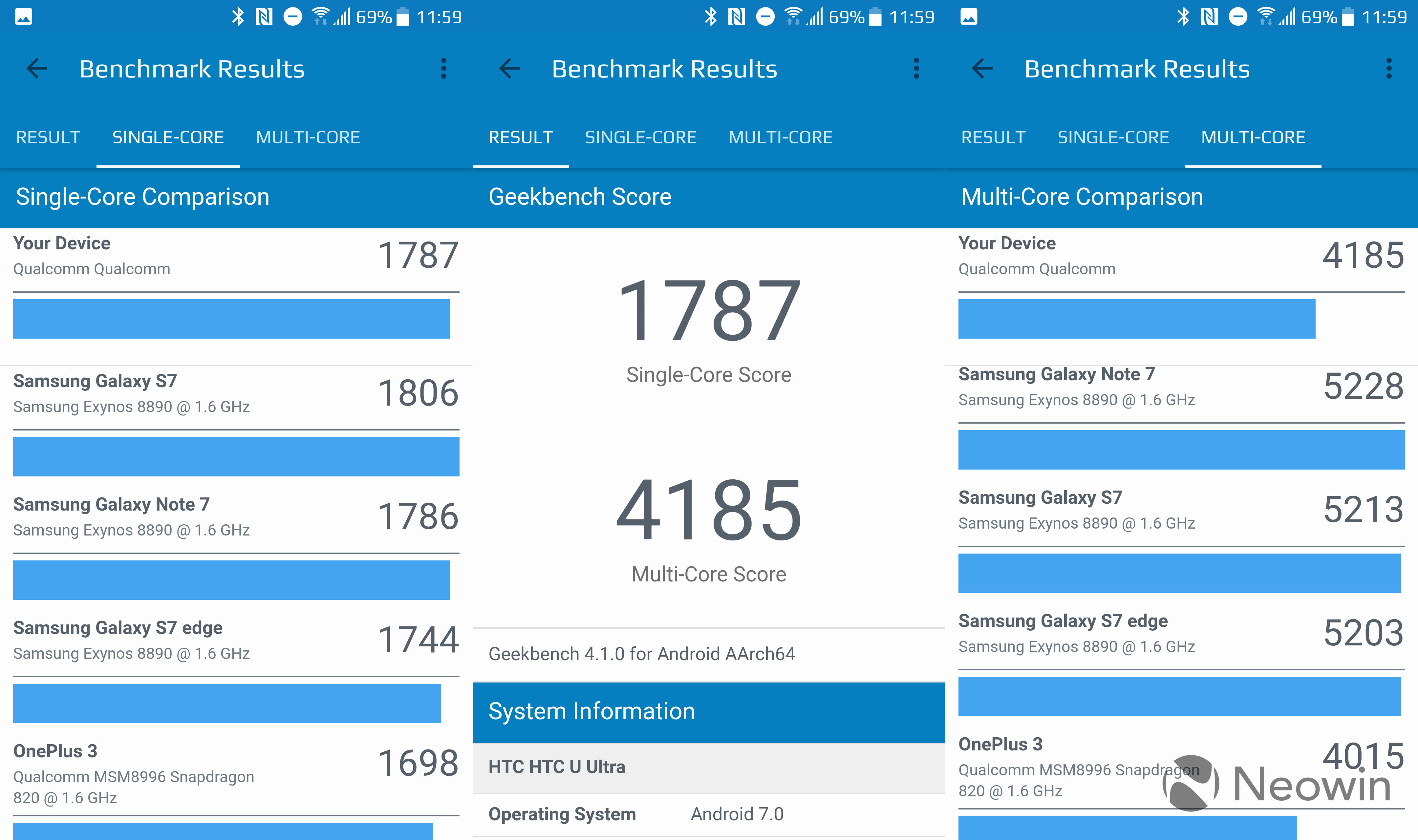
As I mentioned above, the results are exactly what you would expect, which is slightly better than a Snapdragon 820-powered device. Next up is AnTuTu.

Conclusion
I always enjoy new HTC products; I think they make a fine device that offers an excellent experience. The U Ultra is no different, although you should probably be careful when handling it.

But while I did enjoy the device as a standalone product, I fail to see where it fits into the greater scheme of things. If you take a look at any of HTC's social media accounts, they're pushing the new U11, not the U Ultra, and why wouldn't they? The U11 is superior in almost every conceivable way, with the exception of the secondary display, and it's $100 cheaper.
On the other hand, I honestly just like the HTC 10 better. As I've mentioned a few times already, the Snapdragon 821 chipset is a very minor improvement over the 820 that's in the 10, the camera feels the same, and it's just a solid device. Oh, and it's $150 cheaper than the U Ultra.
And let's not forget that the device is only available unlocked, so forget about any installment plans. You'd have to pay the full $749 up front.
While I'll recommend HTC products any day of the week, I just don't see why you would pick this one over the two others that I just mentioned above. But hey, if you really want that secondary display, go for it.









































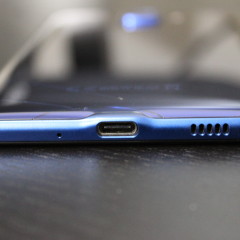

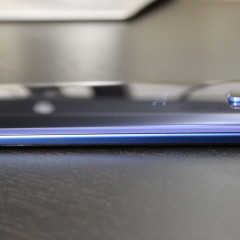
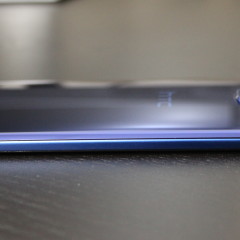
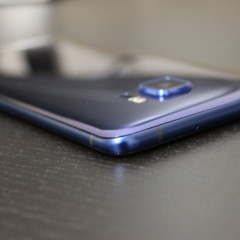
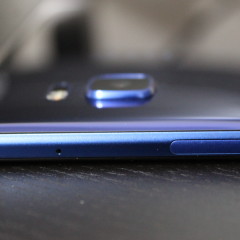




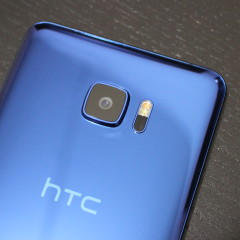
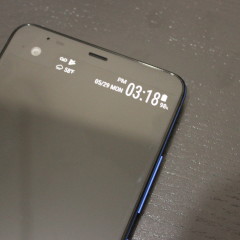









9 Comments - Add comment